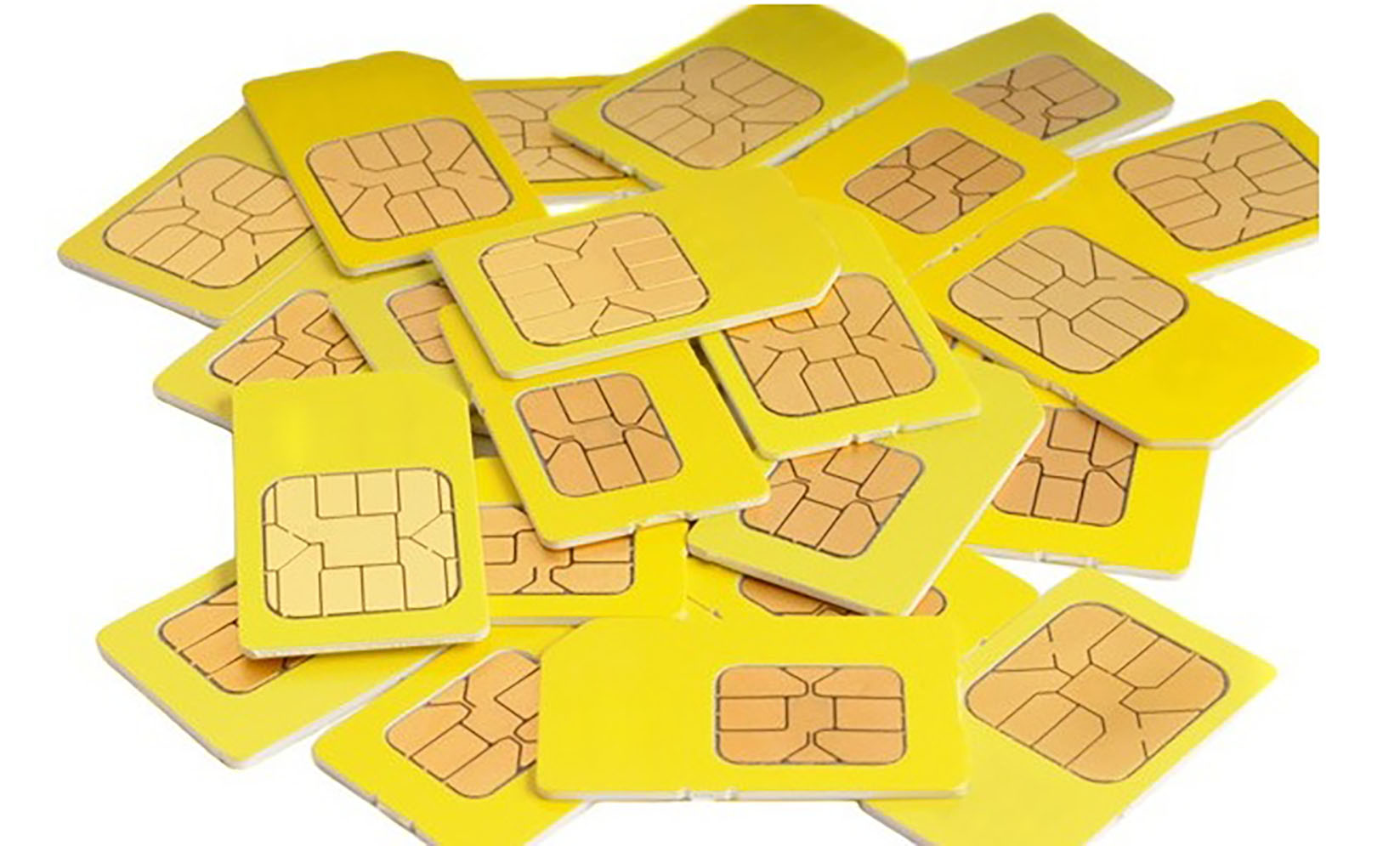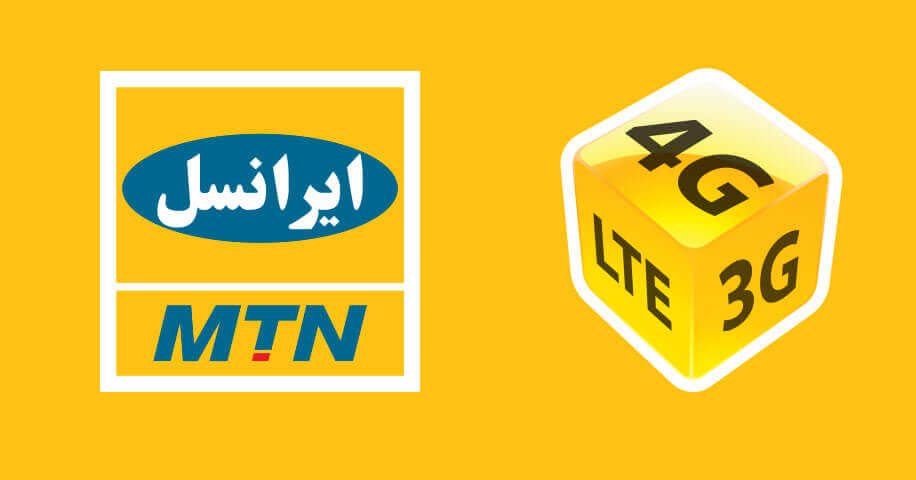Explore the dynamic evolution of Iranian SIM card technology, from its early days to future trends. Uncover the innovations shaping mobile communication in Iran.
In the ever-evolving landscape of telecommunications, the SIM card stands as a crucial and often overlooked cornerstone of mobile communication. As an acronym for Subscriber Identity Module, the SIM card has played a pivotal role in shaping how individuals connect and communicate in the digital age. This tiny piece of technology, embedded in mobile devices, carries a rich history, especially within the context of Iran’s telecommunications sector.

This article delves into the history of SIM cards in Iran, exploring their emergence, technological evolution, regulatory impact, and the role they’ve played in shaping the nation’s mobile connectivity. From the early days of mobile communication to the present, the journey of SIM cards in Iran unveils a story intertwined with technological advancements, regulatory shifts, and societal changes. Let’s embark on a journey through time to understand the significance and evolution of SIM cards in the Iranian telecommunications landscape.
The First Irancell Activation:
In the annals of Iran’s telecommunications history, a significant milestone was achieved with the launch of Irancell, the country’s second mobile network operator. The inauguration of Irancell marked a crucial turning point, introducing competition and innovation into the mobile communication sector. Among the pivotal moments in Irancell’s early history was the first activation of its services, a moment that resonated with anticipation and excitement.
Irancell officially commenced its operations in 2006, ushering in a new era of mobile communication for Iranians. As the network geared up for its inaugural services, individuals across the country eagerly anticipated the opportunity to connect through this novel telecommunications platform.
The first Irancell activation was a momentous occasion, symbolizing not only the expansion of mobile services but also the democratization of communication. The activation process involved obtaining a SIM card, a tiny but powerful device that would become the key to accessing Irancell’s network.

Customers flocked to Irancell’s service centers, eager to be part of this technological leap. The activation process typically involved submitting identification documents for registration and receiving a personalized SIM card. The significance of this event lay not just in the acquisition of a mobile connection but in the empowerment of individuals with a tool that facilitated instant communication, information access, and social connectivity.
The first wave of Irancell activations represented a shift in the telecommunications landscape, providing an alternative to the existing mobile network and introducing competitive pricing and innovative services. The introduction of Irancell and the subsequent activations not only broadened the choices available to consumers but also fueled advancements in mobile technology and connectivity throughout Iran.
In retrospect, the first Irancell activation stands as a historic moment, symbolizing the fusion of technology and accessibility that continues to shape the way Iranians communicate and connect in the digital age.
Early Days of Mobile Communication in Iran:
The inception of mobile communication in Iran marked a transformative period in the nation’s telecommunications history. In the late 20th century, as the global mobile revolution gained momentum, Iran began to witness the gradual introduction of mobile networks.
During the early days, mobile communication was a luxury, accessible to a select few. The infrastructure was nascent, and the devices were relatively bulky by today’s standards. The concept of mobile phones, however, ignited a sense of connectivity and accessibility that was previously unimaginable.
In the late 1990s, the first mobile networks were established in Iran, laying the groundwork for a revolutionary shift in communication dynamics. These networks served as the foundation for the eventual integration of SIM cards, which would become the linchpin of personalized mobile communication.
As mobile technology started to gain traction, the need for a standardized system to identify and authenticate users became apparent. This necessity paved the way for the introduction of Subscriber Identity Modules (SIM cards), which not only facilitated secure access to mobile networks but also played a crucial role in shaping the future of mobile communication in Iran.
The early adopters of mobile phones in Iran experienced a paradigm shift, enjoying newfound flexibility and immediacy in communication. However, the journey was only beginning, and the integration of SIM cards would soon become a defining feature in the unfolding narrative of Iran’s mobile communication evolution.
Future Trends and Developments in Iranian SIM Card Technology
Future Trends and Developments in Iranian SIM Card Technology:

As technology continues to evolve at a rapid pace, the realm of Iranian SIM card technology is poised for significant advancements. The future promises not only enhancements in traditional SIM card functionalities but also the integration of cutting-edge features that align with the broader trends in global telecommunications. Here are some anticipated future trends and developments in Iranian SIM card technology:
1. Embedded SIM (eSIM) Integration:
The migration towards embedded SIM technology is expected to gain traction in Iran. eSIMs, which are integrated directly into devices during manufacturing, eliminate the need for physical SIM cards. This trend offers greater flexibility for consumers and device manufacturers, streamlining the activation process and allowing for easy switching between mobile operators. This technology also could give users the option to make free phone calls.
2. Enhanced Security Measures:
With an increased focus on cybersecurity, future SIM cards in Iran are likely to incorporate advanced security measures. This may include stronger encryption algorithms, biometric authentication, and improved protection against SIM card cloning or tampering, ensuring a more secure and reliable communication environment.
3. Internet of Things (IoT) Connectivity:
As the Internet of Things continues to expand, SIM cards are anticipated to play a pivotal role in connecting a myriad of devices. Future SIM card technologies in Iran may be optimized for IoT applications, facilitating seamless communication between devices and enabling the growth of smart cities, healthcare solutions, and other IoT-driven innovations.
4. 5G Readiness:
With the global rollout of 5G networks, Iranian SIM cards are expected to evolve to support the higher data speeds and low latency offered by this next-generation technology. This development will contribute to an enhanced mobile experience, particularly for data-intensive applications such as augmented reality, virtual reality, and high-definition video streaming.
5. Multi-Profile SIMs:
Future SIM cards in Iran may adopt multi-profile capabilities, allowing users to associate multiple phone numbers or subscriptions with a single SIM card. This feature is especially beneficial for individuals who wish to manage both personal and business communications on a single device.
6. Integration with Mobile Services:
SIM cards may evolve beyond their traditional role as mere identifiers for mobile networks. Future developments could see SIM cards integrating with additional mobile services, such as mobile payment platforms, transportation systems, or authentication for various digital services.
7. Environmental Considerations:
As sustainability becomes a global priority, future SIM cards in Iran might incorporate eco-friendly materials and manufacturing processes. The industry may explore innovations in recyclable or biodegradable materials, contributing to a more environmentally conscious approach to technology.
In navigating these future trends, Iranian SIM card technology is poised to not only keep pace with global advancements but also contribute to the nation’s technological landscape, fostering innovation and connectivity in the years to come.
Source: Gadgetnews